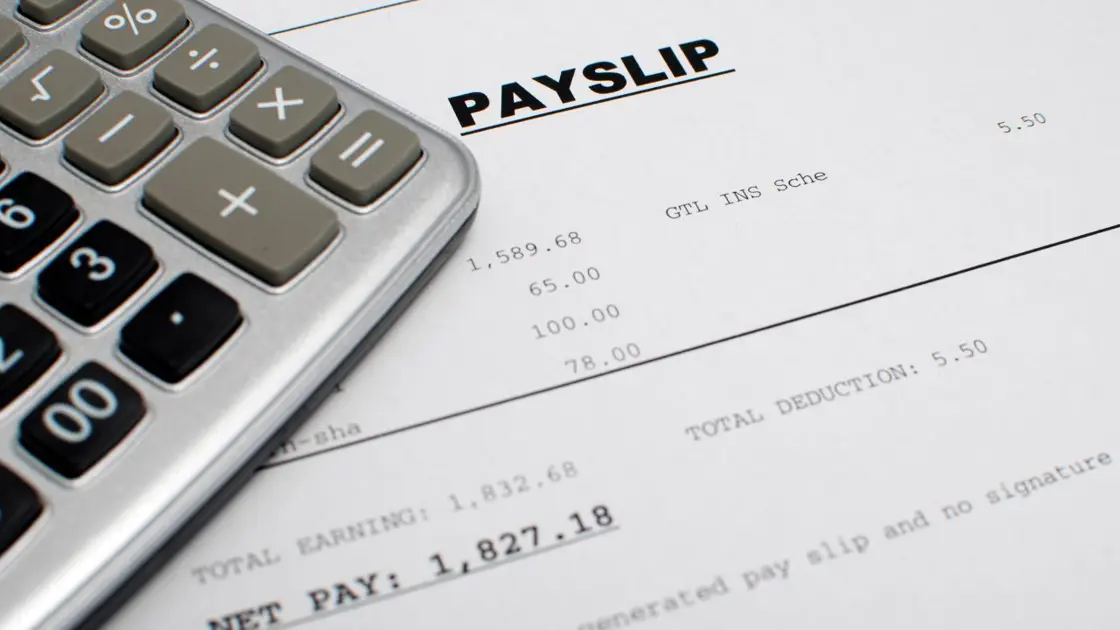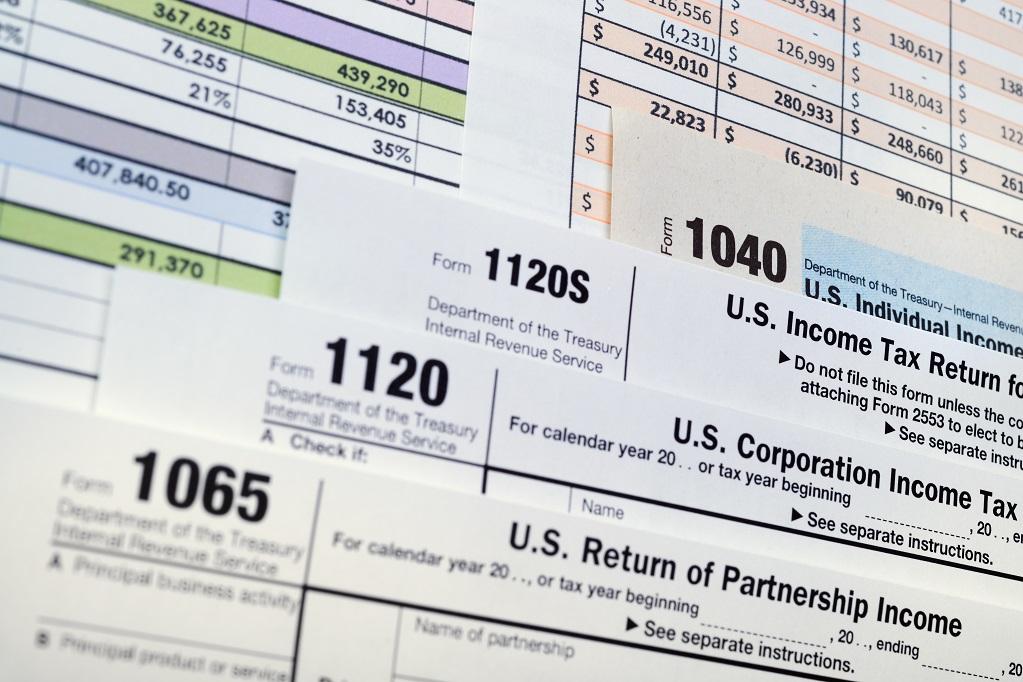Assessing pay slips for income verification in a rental application is an essential part of the tenant screening process. Landlords and property managers use this information to ensure that potential tenants have a reliable source of income to meet their rent obligations. Here’s a step-by-step guide on how to assess pay slips for income verification:
👉 Make tenant screening easier with accurate income verification tools and simplify your rental application process with Rent Post tools. Start your 30-day free trial now.
- Request Documentation: Ask the prospective tenant to provide recent pay slips or pay stubs. Typically, you would request the most recent 2-3 months’ worth of pay slips.
- Check Consistency: Ensure that the information on the pay slips is consistent with the information provided on the rental application form. Verify the tenant’s name, employer’s name, and job position.
- Calculate Gross Income: Calculate the tenant’s gross monthly income by adding up the total earnings before deductions. This might include hourly wages, salary, overtime pay, commissions, and any other sources of income.
- Assess Frequency: Check the frequency of pay (e.g., weekly, bi-weekly, monthly) and verify that it aligns with what the tenant has stated on the application.
- Calculate Net Income: While gross income is important, tenants’ ability to pay rent depends on their net income after deductions. Deductions may include taxes, Social Security, health insurance, retirement contributions, and other applicable items. Make sure to calculate the net income accurately.
- Stability of Income: Examine the consistency of income over the past few months. Sudden fluctuations or irregularities could be a red flag. If the tenant’s income is variable, such as with commission-based jobs, you might want to consider the average income over several months.
- Debt-to-Income Ratio: Calculate the tenant’s debt-to-income (DTI) ratio, which is the percentage of their gross income that goes toward debt payments. A lower DTI ratio indicates better financial stability. A common rule of thumb is that rent should not exceed around 30% of the tenant’s gross income.
- Verify Employment: It’s a good practice to verify the tenant’s employment by contacting the employer directly. This can help confirm the information provided and provide insights into the tenant’s job stability.
- Contact References: If provided, contact personal and professional references to gather more information about the tenant’s financial responsibility and reliability.
- Consider Rental History: While pay slips indicate current income, it’s also important to consider the tenant’s rental history. Contact previous landlords to inquire about the tenant’s payment history and behavior as a tenant.
- Legal Compliance: Ensure that your income verification process complies with fair housing laws and regulations to avoid any discriminatory practices.
- Make an Informed Decision: Based on the gathered information, assess whether the tenant’s income is sufficient to comfortably cover rent and other financial obligations. If you have concerns about the tenant’s income, you might consider requesting a co-signer or higher security deposit.
Remember that income is just one aspect of the tenant screening process. You should also evaluate factors like credit history, rental history, and criminal background to make a well-rounded decision about prospective tenants. Always follow your local laws and regulations when conducting income verification and tenant screening.

How much income is enough?
The minimum monthly income required to qualify for a rental screening application can vary significantly depending on factors such as the location of the property, the cost of living in that area, the rental price of the unit, and the specific policies of the landlord or property management company. Generally, landlords aim to ensure that a tenant’s income is sufficient to cover the rent comfortably and leave room for other essential expenses.
As a rough guideline, many landlords and property management companies follow the “30% rule,” which suggests that a tenant’s monthly rent should not exceed 30% of their gross monthly income. This rule is based on the idea that spending more than 30% of one’s income on housing can lead to financial strain.
For example, if an applicant’s gross monthly income is $4,000, then 30% of that income would be $1,200. Therefore, the applicant’s maximum affordable rent would be around $1,200 per month.
It’s important to note that different landlords might have different criteria and policies. Some might be more flexible, while others might have stricter requirements. Additionally, some landlords might consider other factors, such as credit score, rental history, and additional sources of income (like a co-signer or savings).
Ultimately, the specific income requirement for rental qualification will depend on the rental market in the area and the particular landlord’s preferences. Prospective tenants should inquire about the income requirements before applying for a rental property and be prepared to provide documentation to verify their income.
Alternative Income Verification Methods for Screening Tenants
Income verification is a crucial step in the residential property rental process, as landlords aim to ensure that prospective tenants have a stable and sufficient income to meet their rental obligations. While traditional methods like pay slips are commonly used, there are various alternative income verification methods that can provide a more comprehensive picture of a tenant’s financial stability. This can be helpful for applicants who do not have a typical 9-to-5 job but could be running their own businesses or have other sources of income.
RentPost explores several alternative methods of income verification beyond pay slips, highlighting the benefits and potential drawbacks of each.

1: Tax Returns and W-2 Forms
Tax returns and W-2 forms provide a comprehensive overview of an individual’s income, deductions, and tax liabilities. Landlords can request copies of these documents to assess an applicant’s income history over several years. This method offers a more long-term perspective on financial stability and consistency, as it includes income from various sources, such as employment, investments, and self-employment.
Benefits:
- Offers a broader understanding of an applicant’s financial situation.
- Reflects long-term financial stability and income consistency.
- Provides insight into any additional sources of income or financial responsibilities.
Drawbacks:
- Requires consent from the tenant to access confidential tax information.
- May not be suitable for recent graduates or individuals with limited work history.
- Involves a more time-consuming verification process.

2: Bank Statements
Bank statements can offer real-time insight into an applicant’s income and spending habits. By reviewing regular deposits and account balances, landlords can assess the applicant’s ability to meet rental payments consistently.
Benefits:
- Provides an up-to-date snapshot of the applicant’s financial situation.
- Demonstrates consistent income deposits and spending patterns.
- Can be useful for freelancers, contractors, and self-employed individuals.
Drawbacks:
- May not accurately reflect the applicant’s overall financial health, as some income may not be deposited directly into the bank.
- Limited by the tenant’s willingness to share sensitive financial information.
- Requires careful consideration to differentiate between regular income and one-time deposits.
3: Employment Verification and Reference Letters
Apart from traditional pay slips, landlords can request employment verification letters from the applicant’s employer. These letters can confirm the applicant’s position, salary, and length of employment. Additionally, reference letters from previous landlords or colleagues can provide further insights into the applicant’s reliability and financial responsibility.
Benefits:
- Offers confirmation of current employment status and income.
- Provides additional context through reference letters.
- Can be particularly useful for applicants with irregular income sources.
Drawbacks:
- Relies on the cooperation of employers and references.
- Might not reflect recent changes in employment or financial status.
- Reference letters could be biased or inaccurate.

4: Proof of Assets and Investments
Applicants can provide evidence of assets, investments, and savings accounts as proof of financial stability. These assets can include stocks, bonds, retirement accounts, and other valuable holdings.
Benefits:
- Demonstrates an applicant’s overall financial health and ability to manage resources.
- Offers an alternative for applicants with non-traditional income sources.
- Indicates a level of financial responsibility and planning.
Drawbacks:
- May not be applicable to all applicants, especially those with limited assets or investments.
- Does not provide a clear indication of monthly income and cash flow.
- Might require additional documentation to verify ownership and value.
Wrapping Up
While pay slips are a commonly used method of income verification in residential property rentals, alternative methods can offer a more comprehensive understanding of an applicant’s financial stability and reliability. Each method has its benefits and drawbacks, and the choice of verification approach should depend on the landlord’s specific requirements and the tenant’s circumstances. By considering a variety of income verification methods, landlords can make more informed decisions and establish mutually beneficial rental agreements with their tenants.


 Log in
Log in Free Trial
Free Trial





